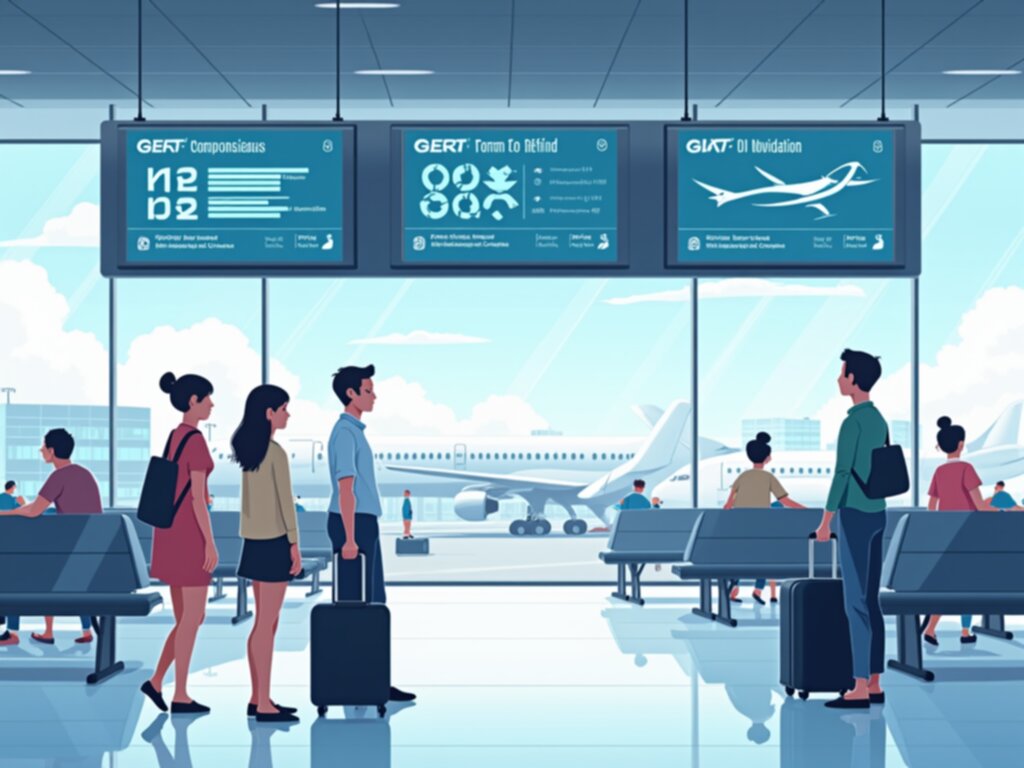Domestic Flight Time A Comprehensive Guide to Optimal Airport Arrival in 2024

The dance between the clock and the gate at domestic airports remains a persistent source of pre-flight anxiety, a variable we often attempt to tame with rigid schedules. We set alarms, triple-check confirmation numbers, and inevitably arrive at a point where we question: did I budget enough time? This isn't just about avoiding a frantic sprint through the terminal; it’s about optimizing the entire pre-flight sequence, from curb to seat, especially now, with evolving security protocols and shifting operational tempos across various hubs. I've spent considerable time mapping out the actual time sinks involved in these domestic journeys, moving beyond the generic advice often plastered on airline websites.
Let's approach this from an engineering standpoint: what are the actual process times required for each stage of the domestic airport transit? First, consider check-in and bag drop, assuming you're not fully pre-checked via mobile. At smaller regional airports, this might take a swift five minutes if the queue is nonexistent, but at major hubs like ATL or DFW during peak weekday hours, I've observed queue times stretching past thirty minutes, even with dedicated priority lanes operating slowly. Then comes TSA screening, the primary bottleneck. The variability here is staggering; the time spent physically moving through the magnetometer or scanner is minimal, but the time spent waiting for an open lane, the administrative checks, and the occasional secondary screening dictates the overall delay. I find that factoring in a minimum of twenty minutes for security, even with TSA PreCheck, provides a more realistic buffer against unexpected slowdowns in the flow rate.
Next, we must account for the walk—the sheer distance from security checkpoint to the assigned gate, which is often underestimated, especially in sprawling terminals built decades ago. If your connection is across concourses, this isn't a brisk stroll; it's a calculated march often requiring five to fifteen minutes just for locomotion, not including time spent waiting for internal transit systems like people movers, which themselves are subject to mechanical downtime or temporary operational pauses. Boarding itself is another phase often compressed in our mental timelines; airlines typically stop accepting passengers ten to fifteen minutes before the scheduled departure time, meaning if you arrive at the gate exactly at that cutoff, you’ve already missed your opportunity for a calm boarding experience. Therefore, my calculation centers on ensuring arrival at the gate area, physically present and ready to board, at least thirty minutes prior to the scheduled pushback time for domestic flights, even if the airline suggests a shorter window. This margin accounts for the inherent friction in large, complex human-machine systems that airports represent.
More Posts from aiflightrefunds.com:
- →New DOT Rule Understanding the 2024 Automatic Cash Refund Requirements for US Airlines
- →7 Essential Features of Carry-On Backpacks for Efficient Air Travel in 2024
- →7 Essential Steps to Claim Compensation for Delayed Baggage Clothing Purchases
- →Unpacking Airline Speed and Its Impact on Flight Delays
- →Air Canada's Delayed Baggage Compensation A 2024 Guide to Claim Up to CAD 2,300
- →Weather Chaos at Denver International Over 500 Flights Affected Today